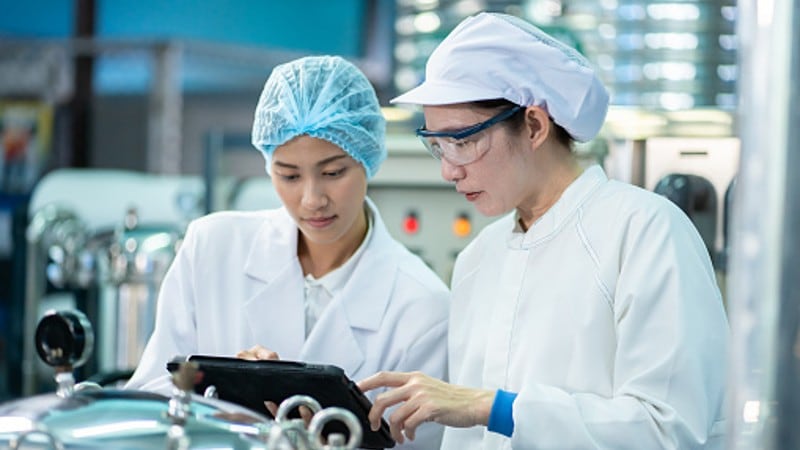This was the opinion of the Australian Institute of Food Science and Technology (AIFST) CEO Fiona Fleming, who spoke to FoodNavigator-Asia after the AIFST 2024 Convention this year.
“Australia is expected to face many important challenges and opportunities in 2024 and beyond, including chemical contaminants, antimicrobial resistance, novel foods, the increasing amount of data and potential of AI and technology, as well as the ongoing burden of foodborne illness,” she told us.
“The key out take however was that we have the tools and knowledge to advance food safety and protect our consumers more effectively, and identify and respond promptly to emerging threats and challenges.
“For example, AI is leveraging data and technology to offer highly individualised food products/solutions and is expected to help further improve food safety via areas such as real time monitoring, predictive analytics, traceability, process automation and optimisation, predictive maintenance, sensory prediction, ingredient identification, product development and consumer trends,
“[That said], a missing piece potentially is interoperability - Currently, many food safety technologies operate in silos, making it difficult to share and integrate data across different platforms and stakeholders.
“Developing standardised data protocols and enhancing interoperability across the supply chain could boost efficiency, facilitate more comprehensive risk management, and ensure a unified approach to food safety.”
This interoperability is likely to become even more vital in the years to come as the Australian agrifood industry continues to grow in size, which will inevitably see an increase in the relevant challenges.
“Antimicrobial Resistance (AMR) is a major global concern, and as Australia's agrifood industry grows, the use of antibiotics in food-producing animals may increase - This could elevate the risk of resistant bacteria entering the food chain,” she said.
“Managing AMR will likely continue to be a top priority, with stricter regulations on antibiotic use and improved surveillance of resistant strains.
“As the industry grows and exports increase, there is also an increased risk of food fraud, and strengthening systems to detect and prevent this will become more essential, particularly in global supply chains.
“And as the agrifood industry integrates advanced technologies like AI, food safety priorities will likely shift towards managing new risks associated with these innovations - For example, as more automated systems are used in food production and distribution, there may be a greater focus on ensuring that these technologies operate safely and reliably, reducing the risk of contamination or errors that could impact food safety.”
Gen Alpha priorities
In addition to food safety technology, the conference also zoned in on the future of the food supply chain with a focus on what Gen Alpha consumers are likely to prioritise, which will in turn shape the future of the food industry.
“Consumption patterns are definitely shifting – people are foraging, eating raw foods and not always listening to food safety advice,” Fleming added.
“We have plant based and cell-cultured foods and GM foods, which are attractive to Gen Alpha who tend to buy on ethical and sustainable grounds.
“I believe trust will be the most important purchasing driver for this consumer group – [Food manufacturers] need to build consumer trust to inform purchasing drivers for this group.”





